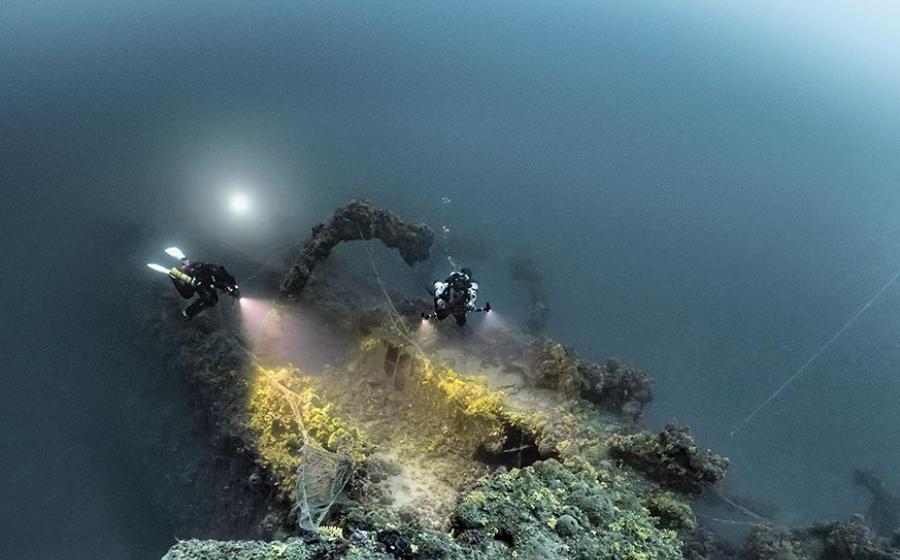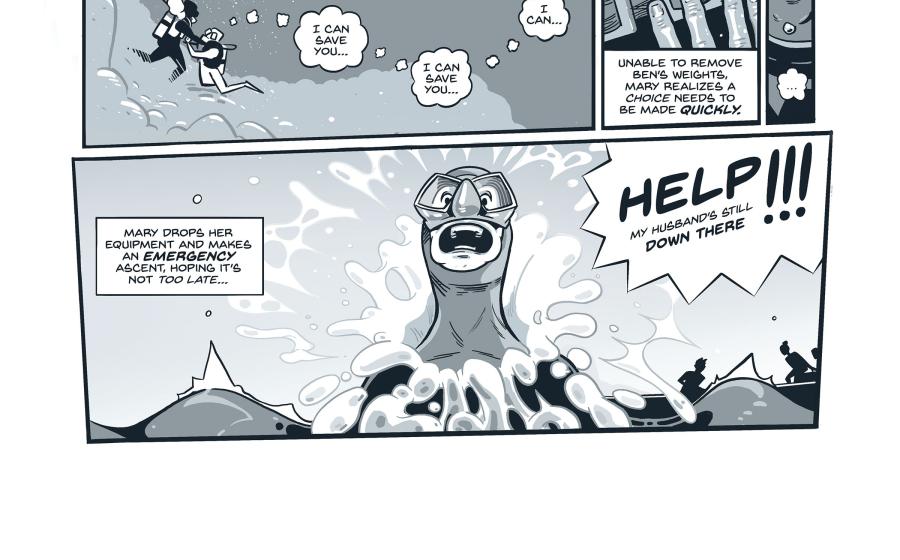Underwater Cache Machine

Wilfredo Lee/AP Images
It started in 2005 when Kenny Jenkins’ teenage daughter wanted a GPS device for Christmas to pursue geocaching, a pastime where hunters follow coordinates to tiny treasures known as caches, typically waterproof containers with logbooks and occasionally swappable prizes. Team Crime Scene — named for his bad-deed cleanup business — was born. When he learned of an underwater cache off the Sarasota coast, he dusted off his dive gear. Jenkins was hooked. Fast-forward seven years, and he has become one of the sport’s most successful underwater cachers.
What’s the hardest part of underwater geocache?
It’s a different sport than the one topside — for starters, your GPS won’t work. Instead, you carefully read the hints and plan your dive precisely. Also, check the cache’s depth: Some are for tec divers only.
What’s the appeal?
Most divers tend to add an extra element once they become competent. Some pick up a camera. Some geek out with fish-ID books. It’s simply another diving niche and it’s incredibly social.
You’ve placed your own geocache in Lake Denton, Florida. What advice would you give those wishing to sink their own?
Make sure you get the appropriate permits from places such as the Department of Environmental Protection, and avoid placing your cache in environmentally sensitive areas.
What’s the sport’s biggest misconception?
People think that you sink a cache and then that’s it. Wrong. You have to maintain it, returning every so often to make sure it’s still there — after a storm, for example. As a geocache owner, I appreciate when people log their find online.
What do you find most surprising about geocache?
People get really creative. Topside, I’ve found a painted fiberglass mushroom cache, and another that was a magnetic nut on a guardrail. Underwater geocaches tend to be straightforward — say a cement block with a dive-slate log — because it can be disappointing to plan a trip to the site, search for a couple of hours and find nothing. That said, some divers love to play with camouflage, making their caches look like shells or plants so they’re much harder to find.






